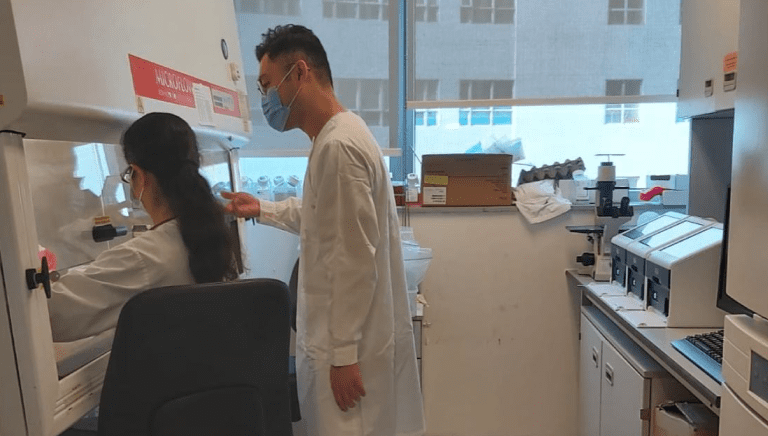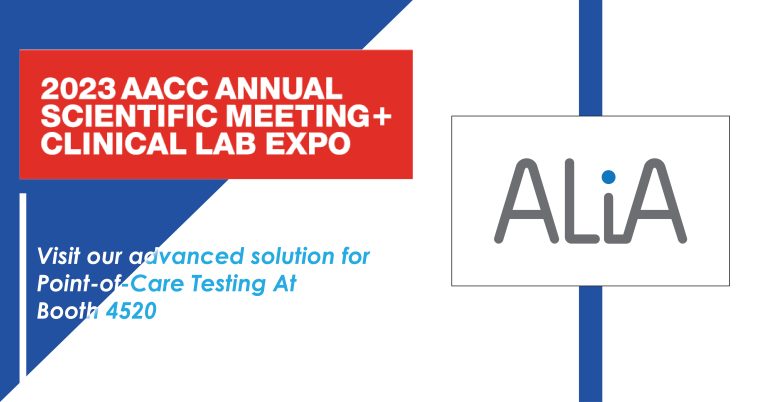ALiA SARS-CoV-2 Antigen FIA Test is a rapid microfluidic-based fluorescent immunoassay test for qualitative detection of severe acute respiratory syndrome coronavirus 2 (SARS-CoV-2) viral antigens from nasopharyngeal swab samples. To establish clinical positive percent agreement and negative percent agreement between Sanwa BioTech’s SARS-CoV-2 Antigen FIA Test and PCR-based SARS-CoV-2 test, a clinical performance of ALiA SARS-CoV-2 Antigen FIA Test was evaluated on division of public health laboratory sciences, LKS faculty of Medicine, the University of Hong Kong in November 2020.
Prior the start of clinical study, a serials of trial tests must be conducted by every person who will run tests in clinical trials to familiar the procedures of test. A site monitoring visit will be organized to ensure testing site meets with the protocol of compliance. Moreover, the study will be conducted in compliance with the approved protocol, ICH-GCP, SOPs and other applicable regulatory requirement. All the reports, records and photo will be kept appropriately. 65 Nasopharyngeal swab samples with COVID-19 infection symptoms are brought from a commercial vendor that collect in the USA. The performance of ALiA SARS-CoV-2 Antigen FIA test was compared to FDA EUA RT-PCR method.
- PPA-Positive Percent Agreement
- NPA-Negative Percent Agreement
- CI- Confidence Interval
The clinical positive percent agreement of ALiA SARS-CoV-2 Antigen FIA test in comparison to PCR results are 87% and the negative percent agreement is 100%. No adverse events are reported during the entire clinical study. “After reviewing all source documents and the data analysis summary, it was concluded that ALiA SARS-CoV-2 Antigen FIA test has met its design validation criteria,” A Sanwa BioTech representative stated. “With the promising performance of the sensitivity and specificity results, Sanwa BioTech is confident that ALiA SARS-CoV-2 Antigen FIA test will have huge potential in Point of Care Testing (POCT) sector and combating current and future communicable diseases outbreak scenarios.”




